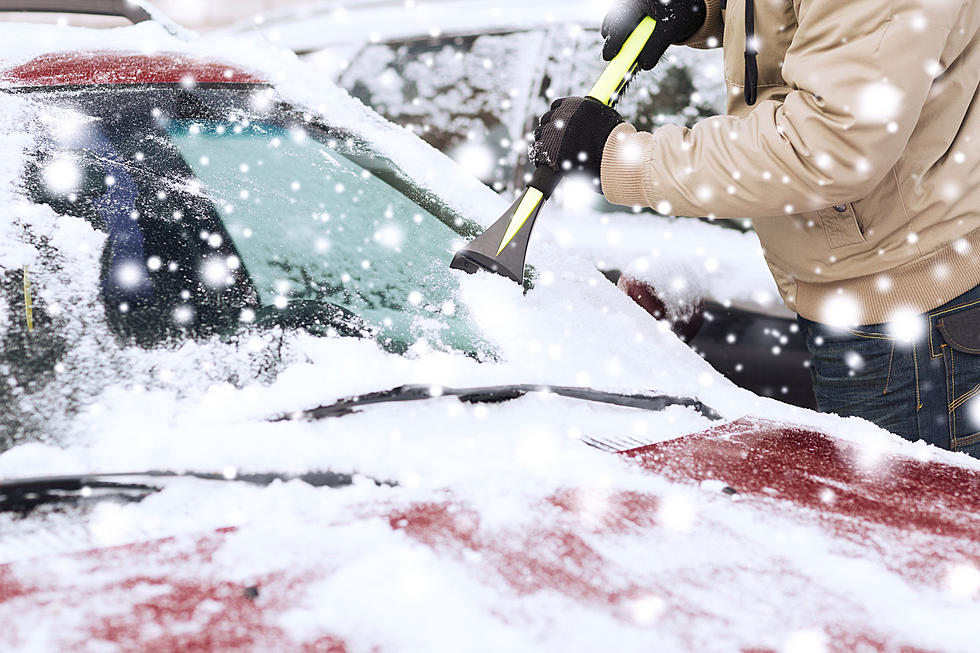
AAA: Still Time To get Your Vehicle Ready For Cold Weather
Cold weather may be on our doorstep, but there is still time to make sure your car is ready to start and run in the coldest and harshest conditions we may face over the winter months, according to AAA Northeast. John Paul, AAA Northeast Senior Manager of Traffic Safety and the AAA Car Doctor, says that preventive maintenance is essential for safe driving and greatly decreases the chances of being stranded in the cold. Motorists can be prepared for adverse winter weather conditions with some simple tips from AAA:
Battery and charging system: Have the battery and charging system tested if your vehicle's battery is more than three years old. Your vehicle will need a fully charged battery to start up during a cold snap. Even a good battery can lose up to 50 percent of its capacity when the temperatures drop to zero. At 32 degrees it can take up to 30 percent more power to start a cold engine. If your vehicle started with a jumpstart you have only fixed the symptom but not the problem. A well maintained vehicle should start in nearly any weather condition.
Coolant: Check the coolant level in the overflow tank when the engine is cold. If the level is low, add a 50/50 solution of coolant and water to maintain the necessary antifreeze capability. A 50/50 mix of antifreeze and water will protect your car’s engine to -34 degrees. You can test the antifreeze protection level with an inexpensive tester available at any auto parts store. Check the cooling system hoses for leaks, cracks or loose clamps, too. Any hoses that feel brittle or spongy when squeezed should be replaced.
Ignition: Today we don’t think about tune-ups like we once did with older cars but ignition systems can fail. Damaged ignition wires, a cracked distributor cap or worn spark plugs can make starting difficult. If the check engine light is flashing this indicates an engine misfire that could be a result of a malfunctioning ignition system. Driving with a flashing check engine light will permanently damage the engine catalytic convertor-a very expensive repair.
Oil: This is a year-round recommendation, but certainly worth taking care of with the rest of your winter prep. Always have your oil changed per manufacturer recommendations. You should have your vehicle's transmission fluid level checked at the same time. Synthetic oil is a benefit in every vehicle and will allow for quicker starts in very cold weather.
Tires: In areas with heavy winter weather, installing winter tires on all four wheels will provide the best traction. Winter tires are also formulated to work better in very cold weather conditions due to the stickier rubber compounds. All-season tires work well in light-to-moderate snow conditions provided they have adequate tread depth. Examine tires for tread depth, uneven wearing and cupping. Uneven tire wear can indicate alignment, wheel balance or suspension problems that must be addressed to prevent further tire damage.
Washer fluid: Fill the windshield washer fluid reservoir with a winter cleaning solution that has antifreeze components. Some window washer solution is rated to just 20 degrees, but in cold weather this solution can freeze and damage the washer system. Look for washer fluid that protects well below freezing temperatures.
Wipers: Wiper blades should completely clear the glass with each swipe. Replace any blade that leaves streaks or misses spots. Consider installing wiper blades that have a one-piece plastic beam frame or winter blades that wrap the metal frame in a rubber boot. Both designs help prevent snow and ice buildup that can interfere with blade-to-glass contact.
Engine Warm up: Extensive engine warm ups are not necessary even in very cold weather. A more fuel efficient technique is once the car is running and you are settled in with your favorite radio station and your seat belt fastened, drive reasonably until the engine comes up to operating temperature.
More From WBEC AM









